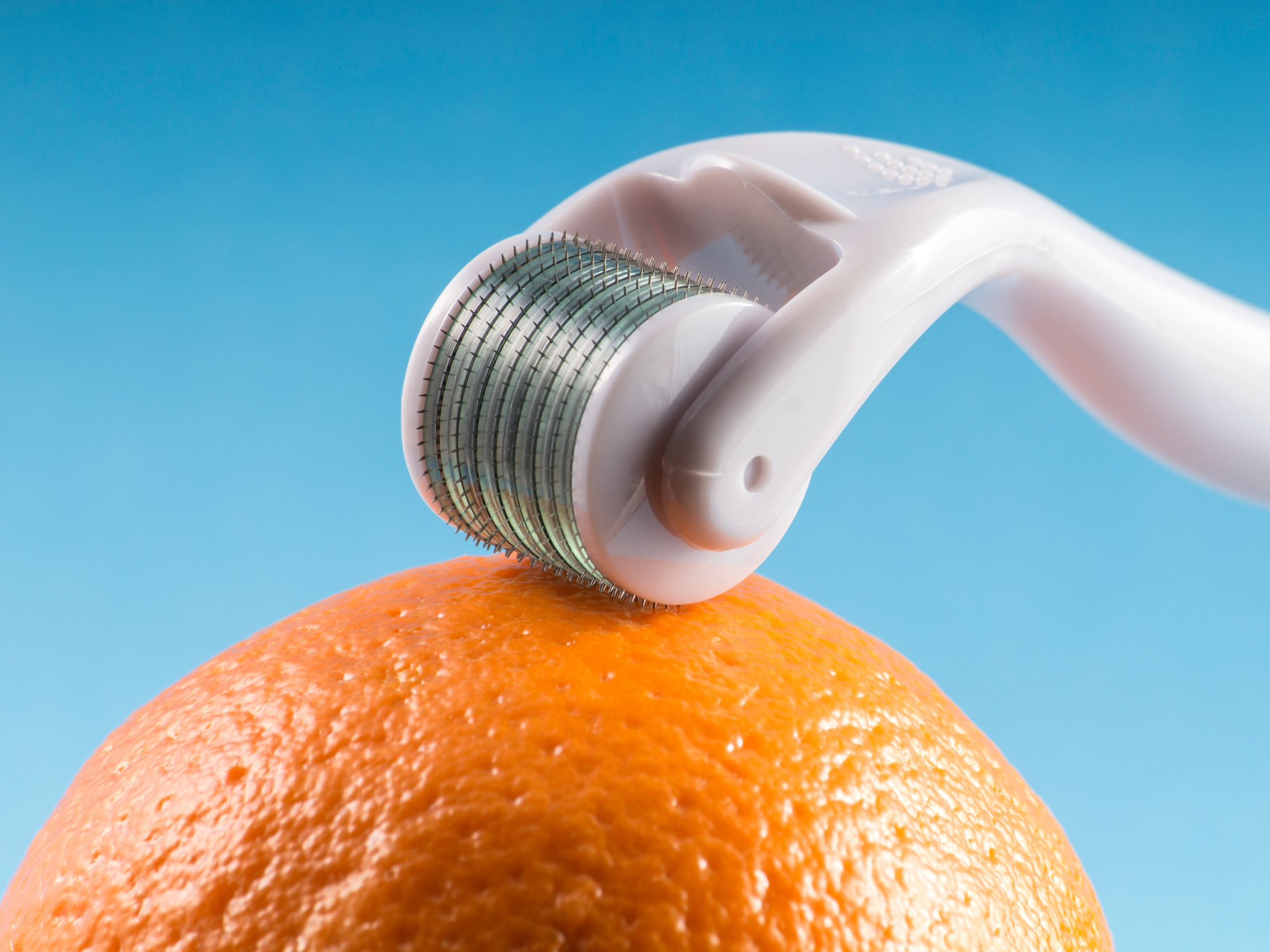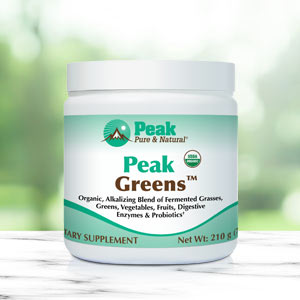Get Easy Health Digest™ in your inbox and don’t miss a thing when you subscribe today. Plus, get the free bonus report, Mother Nature’s Tips, Tricks and Remedies for Cholesterol, Blood Pressure & Blood Sugar as my way of saying welcome to the community!
Put cellulite in its place: OFF your thighs

Last week I presented you with a question: Is there an answer for cellulite after 50? And my answer was a resounding “Yes!”
While it may seem you can’t run and you can’t hide from cellulite no matter who you are, once you understand a few things about cellulite — you’ll realize it’s not a lifetime sentence.
Without resorting to extreme measures — like needling your skin with a scary derma roller — there are a few things you can do to prevent or reduce its appearance.
So let’s explore what cellulite really is… why it shows up mostly in women… and why it becomes a bigger problem as you age… and more importantly, the tools you can employ to get rid of it…
What is cellulite
The dimply skin syndrome known as cellulite tends to show up most around your hips and thighs, but can be on the belly and upper arms.
It doesn’t discriminate between fit and unfit women…
It can appear whether you’re overweight or underweight…
And for many women who’ve never had a problem with it, it tends to show up around the time of menopause (as if we didn’t have enough deal with, right?). That’s because hormones play a part in the changes that make cellulite’s appearance more prominent.
With all the hype and attention though, cellulite is just fat.
Why cellulite strikes
Genetics do play a part in whether or not you have cellulite. If your mother or sisters have cellulite you are more likely to have it. Heredity is not the only factor though, so you still have control based on your lifestyle habits.
But it helps to understand what’s going on under the surface. Let’s start at the top where cellulite appears and get to the bottom layer under the skin to find out how each layer contributes to those not-so-adorable dimples.
Skin
As you age your skin thins making the fat underneath more visible. Hormones play a part in that. If you’re 50 you can’t make your hormones 20 again, but you can influence your hormone balance with lifestyle habits. In addition, sun exposure and your skin care habits matter.
You can’t change the past but you can be more conscious of skincare going forward. Hydrate your skin and protect it from the elements. From the inside out, buff up your great skin diet — which means less sugar because it breaks down collagen, and consider natural ways to boost your collagen. Drink plenty of water, eat those skin-glowing green veggies and show some love to healthy fats.
Fat
What are you seeing when you first notice those dimples? Fat. The first layer of subcutaneous fat has become more visible. It may be that your fat has increased. If you’re overweight or over fat — which can happen to a skinny girl, too — you are far more likely to have cellulite than if you are at your ideal weight or fat level.
When you gain and or lose weight rapidly, you’re losing a large percent of muscle and gaining almost all fat. Over time if you’ve yo-yoed, that cycle increases your overall fat.
Going forward, make it a point to eat more of the right foods instead of just slashing calories if you need to reduce weight. Combine that with exercise that enhances lean muscle and helps to burn fat.
There is one “passive” exercise that can help reduce fat — and that is to reduce your stress. When stress hormones circulate through your body, they make fat storage more likely.
Fascia
Deep down under the skin and the subcutaneous fat, lies fascia that covers muscle. Fascia is connective tissue. Imagine your skeleton and muscles covered by a big hairnet.
This connective tissue is different in women than in men, which is part of the reason cellulite on men is much less common. A woman’s fascia runs haywire while a man’s runs in more linear lines. Imagine the skin and fascia run parallel to each other with a layer of fat between. Tying them together are strands of connective tissue that get stretched leaving that bubble effect on the top of the skin.
As you age your fascia and connective tissue become less resilient. Hydrating it helps. Not by drinking water but by exercising it and nourishing it with nutrients from within. Deep tissue-massage (think less comfortable) and or self-massage can help hydrate fascia. Self-massage, or Myofascial Release (SMR), is done using tools like the foam roller (see my demonstration), The Stick, or the highly technical rolling pin.
Exercise increases your circulation, which can also help. A specific order of the most important components of exercise for reducing the appearance of cellulite follows. Do this three times a week for best results and within eight weeks you should have noticeable reduction in cellulite.
What’s a girl to do?
I can’t emphasize enough how important this four step cellulite plan is. And even though I outlined it last week (more detailed here, though) knowing what you know now about how cellulite comes about, you’ll understand the significance of these steps… and hopefully be more inspired to commit wholeheartedly to an exercise plan with many health-boosting benefits…
- Cardiovascular Activity: start every session either doing your cardio for the day or doing a solid 5-10 minutes of cardio warm up. Get your circulation flowing to those working muscles.
- Strength Training: Perform exercises specifically targeting the areas where you have cellulite. For hips and thighs perform squats, lunges, step-ups, bridges, inner and outer thigh exercises, for instance. Work your way up to 3 sets of 12-15 repetitions three times a week, with 48 hours between sessions. (Look for my video Thursday for some of these exercises.)
- Self-Myofascial Release: Follow by foam rolling or using a Stick to roll the areas you have cellulite. Roll the length of the muscle back and forth 20 times. You need to use firm pressure. Think of this as ironing out the cellulite.
- Stretching: Follow by lengthening the muscles in a static stretch you hold for 15-30 seconds at least. Take your time.
If you’re serious about losing cellulite, get serious about sticking to a schedule and doing each step every time. And soon the only dimples you’ll be seeing are the ones that accompany your smile.
Editor’s note: Did you know that when you take your body from acid to alkaline you can boost your energy, lose weight, soothe digestion, avoid illness and achieve wellness? Click here to discover The Alkaline Secret to Ultimate Vitality and revive your life today!













